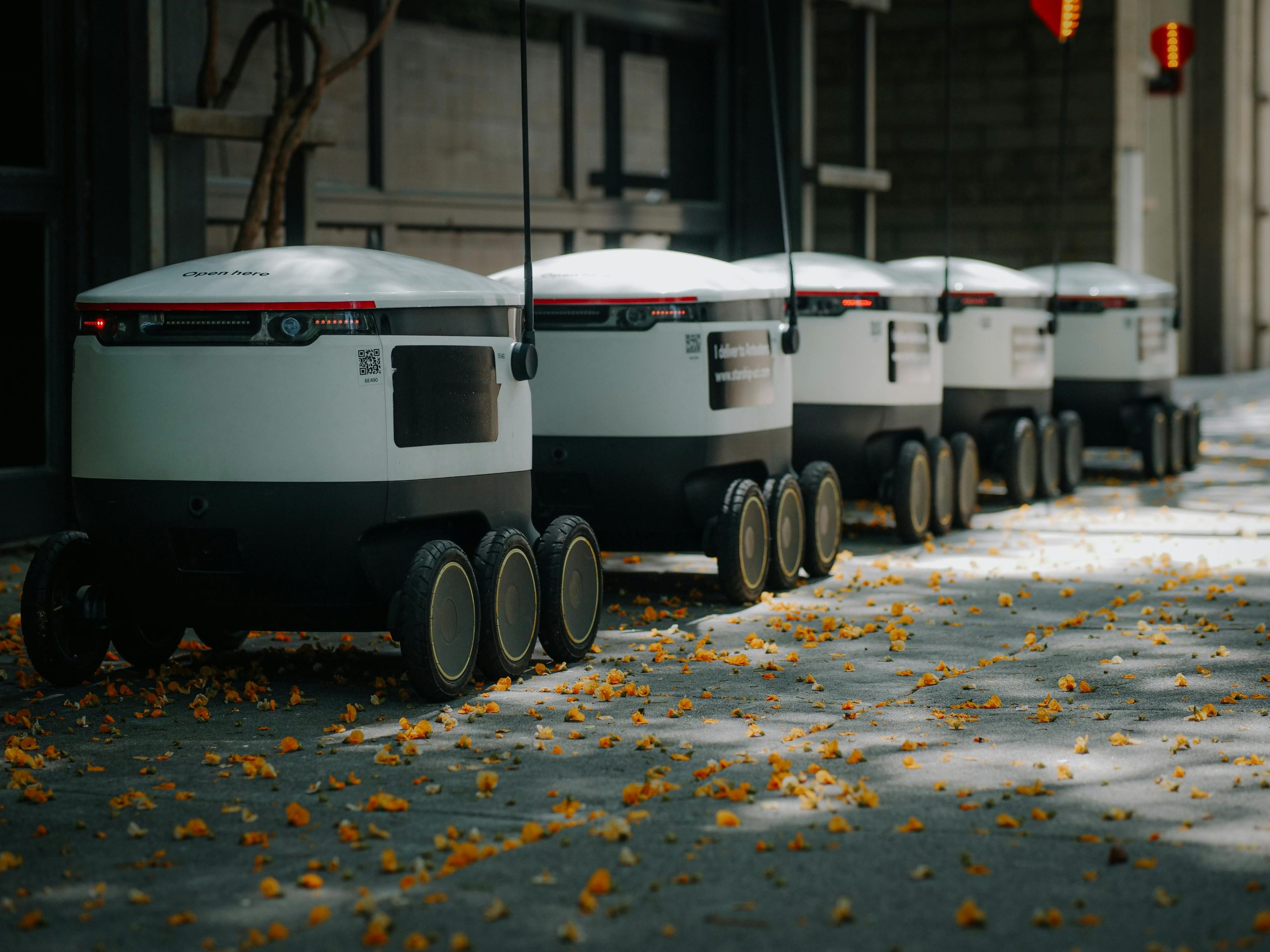Machine Hip Replacement Theory: A Framework for Immune-Aware AI and Systems Resilience
Harnessing the Machine Hip Replacement Analogy: Building Immune-Aware and Resilient AI Systems
As artificial intelligence continues to evolve at a rapid pace, it’s important to consider more than just raw computational power and advanced algorithms. Beneath the surface of every AI model lies a physical foundation—hardware components that are subject to wear, fatigue, and eventual failure. Recognizing this reality opens a path toward designing smarter, more resilient systems that can monitor their own health and adapt accordingly.
Understanding AI’s Physical Foundations
While we often discuss AI in purely abstract terms—data flows, models, and tokens—the hardware infrastructures supporting these models are critical. Processing units, memory modules, and other physical components operate under load, and sustained high usage can lead to overheating, degradation, and hardware fatigue. This phenomenon is analogous to the human body, where joints and muscles can deteriorate under excessive strain.
The “Machine Hip Replacement” Concept
Borrowing from medical analogy, the “Machine Hip Replacement Theory” offers a compelling lens to understand these vulnerabilities. Just as a human might require a hip replacement after years of wear, AI systems can experience analogous deterioration through continuous high-load processing. Over time, this can impair the integrity of the underlying hardware, impacting overall system performance.
More than a metaphor, this perspective emphasizes that AI systems, especially large language models (LLMs), are embodied entities dependent on their physical substrates. Excessive or sustained stress can introduce instability—manifesting as overheating, computational saturation, or hardware component failures—that threaten system resilience.
Concept of an AI Immune Response
This leads us to envision AI systems equipped with an internal “immune response.” Just as biological organisms detect threats and respond accordingly, AI systems could incorporate self-monitoring mechanisms that track internal load and health. These diagnostic layers could evaluate the state of compute units in real-time, detecting early signs of strain and initiating fallback or de-escalation protocols before failure occurs.
By proactively managing load and redistributing tasks, such systems could maintain stability during high-demand scenarios—effectively managing their own resilience—is crucial for long-term robustness.
The Value of Reclaimed Hardware and Historical Data
An intriguing aspect of this framework involves preserving and reusing older hardware components, much like retaining a replaced hip for study or reference. Older processing units, though slower, encode a form of embodied memory—bearing traces of prior load, heat cycles, and stress patterns. These “calcified memories” serve as experiential benchmarks, providing














Post Comment